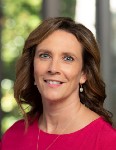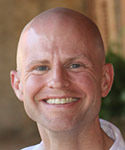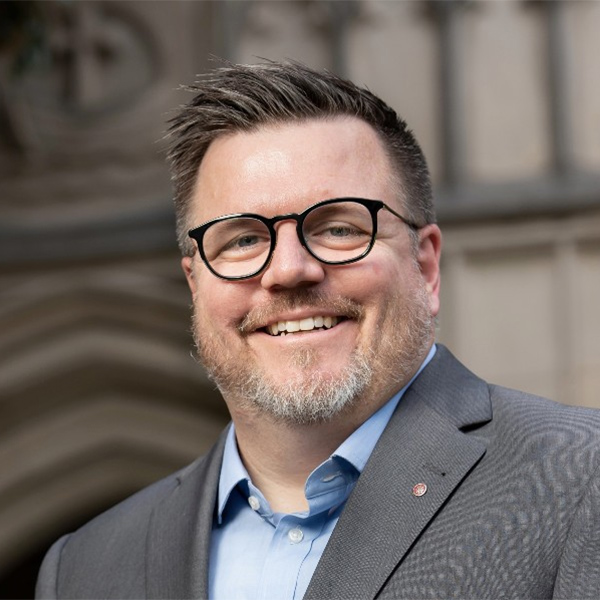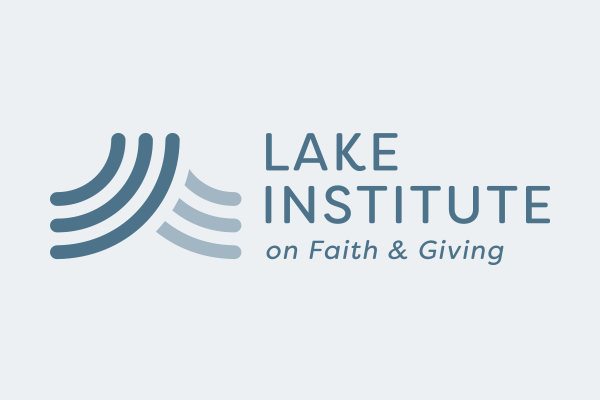How many staff members can we afford? What size room do we need for the council meeting? How many people will eat?
We once had measuring tapes that could inform decisions about so many details. Not that long ago, we measured the weekly average worship attendance and could calculate the number of staff members a congregation needed and could afford. In the pre-pandemic world, an 8-foot table would seat eight people. Now, all these calculations and many more are upended.
I miss those reliable tools. A measuring tape helps confirm and correct assumptions. It helps determine the proper scale. It can even help settle an argument.
Take the problem of hanging a mirror over the mantel. Precisely where should it be positioned? Different family members have different sensibilities. Finally, someone pulls out a measuring tape and does the math to find the centers of the mantel and the mirror. We now have some facts to help mediate and moderate the opinions.
A measuring tape does not have magical powers. The person wielding it determines what to measure and the proper dimensions.
Similarly, all organizations have financial reports that provide pages of numbers. An organization’s mission determines which numbers are most important.
A for-profit business might be focused on maximizing net income. A Christian organization might be aiming for a smaller net income, considered alongside the number of children who can read or who have a nutritious meal. The Christian organization might also be balancing these results with paying its staff an adequate living wage.
In the business world, strategy books often encourage targeting a specific audience — types of people, along with particular locations. Deciding the who and the where can help determine the scale of work. Christian groups find such “market segmentation” difficult. Choosing one group or place means others go unchosen.
A congregation’s mission statement provides clues about what it should be measuring. The challenge comes in determining the specifics. Often, such statements use language either about being witnesses to “the uttermost part of the earth” (Acts 1:8 KJV) or about serving “the least of these” (Matthew 25:40).
In both cases, an unlimited number and array of services would be faithful to the mission. The statement provides inspiration but does not guide decisions about the focus or scale of work.
I felt the pressure of discerning the scale of work most urgently while participating in launching a new denomination. Almost all the people involved had been part of a huge denomination.
When thousands of congregations contributed tens of millions of dollars to the new entity, the system developed many areas of duplication and occasionally some waste. We had to sort through all the possibilities and determine what was essential.
How many congregations would be needed to support ministry students, missionaries and social services? It was exciting and painful work. Creating jobs but then realizing that there is not enough money to pay salaries is bad for everyone. It took years of experimenting to determine the scale we could support.
I feel as if all of us are in a similar position in a COVID-impacted world. We need to help each other figure out the scale of work in a way that is just, compassionate and effective.
A starting place might be to focus on the problem we feel called to solve now. In this approach, we apply our mission statement to the situation on the ground in our communities, asking crucial questions:
- What problem are we working to solve now?
- Who is experiencing this problem? What is our relationship with those having this experience? What would mutuality look like in this circumstance?
- Who else is working on this problem? What would it look like to work alongside those who are trustworthy?
- What resources do we have to define and address the problem — including people, skills and funds?
This focus on a problem is not unlike the missionary work of another century. An effort to make a difference in the world tends to be attractive to younger generations — and an emphasis on mutuality and community can help us avoid the problems associated with the missionary zeal of prior eras.
Defining the problem that we are working to solve also clarifies how we are connecting to the world. It is easy for organizations of all types to get focused on problems that are internal to the organization.
I once consulted with a congregation whose leaders defined their problem as “There are no children in the building.” I urged them to meet children and their families in the neighborhood, seeking to understand their opportunities and challenges, and to go to the children’s school and talk with the teachers and administrators.
Some organizations have sufficient funding, people and expertise to tackle multiple problems. Yet most of us are responsible for addressing one problem. To see the impact and figure out the people and budget, we have to discern where we can make the best contribution and what is required to make that contribution.
Starting small, testing our efforts and assessing the demand offers the gift of developing relationships that will undergird the sense of mutuality.
For more established organizations and their services, there is the question of stability. What can we maintain over time? How many people — employees or volunteers — can be trained and supported in a year? How many new services or new people need to come into the system in order to be stable?
Yes, I know. We have come back to the same questions with which we started. I have found that leaders of organizations, new and old, are continually fine-tuning the scale of work.
The challenge of the moment is to figure out what to measure and why. If we know that we want the mirror centered over the mantel, then measuring can be very helpful for taking out the guesswork. If we know the problem we are trying to solve and the people with whom we are working, we are on the way to finding the appropriate measuring tape.












